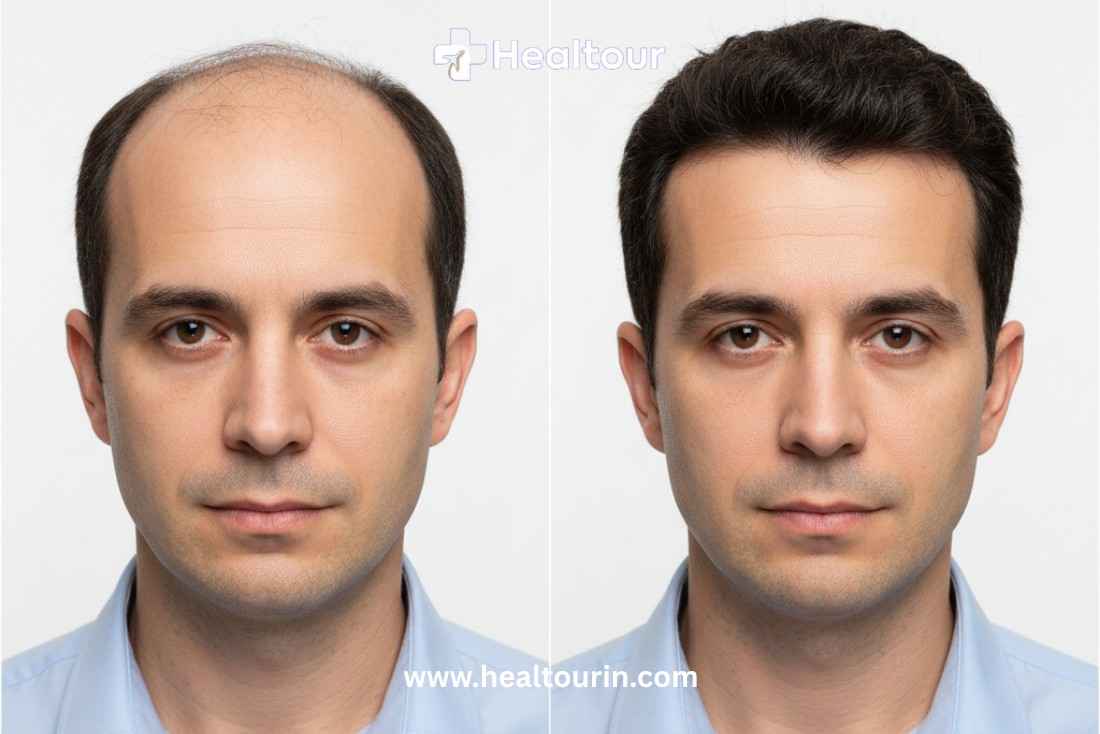
Get Screened Regularly to Detect and Treat Breast Cancer
Category: Women's Health 29-10-2024Breast cancer has become increasingly common in India, now ranking as the most prevalent cancer in the country. With one in 28 Indian women likely to develop breast cancer during their lifetime, mortality rates are alarmingly high at 50%. This issue is more pronounced in urban areas, where 1 in 22 women face the risk of developing breast cancer, compared to 1 in 60 in rural areas.
These statistics underscore the importance of increasing awareness and encouraging regular screening. The primary goal of screening is early detection, which significantly improves treatment outcomes and reduces mortality rates. Studies in the West have shown a 30% reduction in breast cancer mortality when regular screening is practiced, with 70% of breast cancer cases being diagnosed at Stage I or II. In India, however, over 70% of cases are diagnosed at an advanced stage. Currently, screening is mostly opportunistic, and there are no standardized screening guidelines for asymptomatic women in the country.
Breast Cancer Screening Modalities
- Self-Breast Examination (SBE): Regular self-examinations help individuals become familiar with their breasts, allowing them to identify any changes and seek medical advice promptly.
- Clinical Breast Examination (CBE): A healthcare professional conducts a physical breast exam to detect any abnormalities.
- Mammography: A low-dose X-ray of the breast, mammography is the only test that has been proven to save lives by detecting breast cancer early.
- Ultrasonography: An effective complement to mammography, especially for women with dense breast tissue, to provide a clearer assessment.
- Magnetic Resonance Imaging (MRI): Not typically used for routine screening, but may be recommended for women at high risk of breast cancer.
Who Is at High Risk for Breast Cancer?
Women at higher risk for breast cancer include:
- Carriers of genetic mutations like BRCA1 or BRCA2
- Those with a strong family history of breast cancer, even without a known mutation
- Individuals who have undergone chest-wall radiation therapy
- Personal history of breast cancer
- History of premalignant conditions such as Atypical Ductal Hyperplasia, Atypical Lobular Hyperplasia, or Lobular Carcinoma In Situ
If you consider yourself at high risk, discuss appropriate screening recommendations with your healthcare provider.
Screening Guidelines for Average-Risk Women
There is no global consensus on the ideal breast cancer screening guidelines, but the following recommendations are widely accepted:
- American Cancer Society:
- Annual mammography from ages 40 to 55
- Biennial (every two years) mammography after 55 years, as long as the individual remains in good health (with a life expectancy of at least 10 years)
- National Health Services (UK):
- Mammography every three years for women aged 50 to 71
In India, breast cancer incidence peaks between the ages of 40 and 50, which is about a decade earlier than in Western countries. Therefore, it would be appropriate to consider annual screening from ages 40 to 55, and biennial screening after 55.
Disadvantages of Screening
While screening offers significant benefits, there are also potential downsides, including:
- Overdiagnosis: This accounts for 10-20% of screen-detected cancers, where cancers are diagnosed that may never cause symptoms or affect a patient’s lifespan. Overdiagnosis can lead to unnecessary treatments without meaningful benefits.
- Radiation Exposure: Although minimal, the radiation dose from mammograms (about 4mGy) is comparable to natural radiation exposure over seven weeks.
- False Positives: Sometimes, screening can result in findings that turn out to be non-cancerous, leading to unnecessary biopsies, increased anxiety, and additional costs.
- Interval Cancers: These are cancers that develop between scheduled screenings. Some may be fast-growing or not detectable by mammography, highlighting a limitation of routine screening.





 Get an Opinion
Get an Opinion
